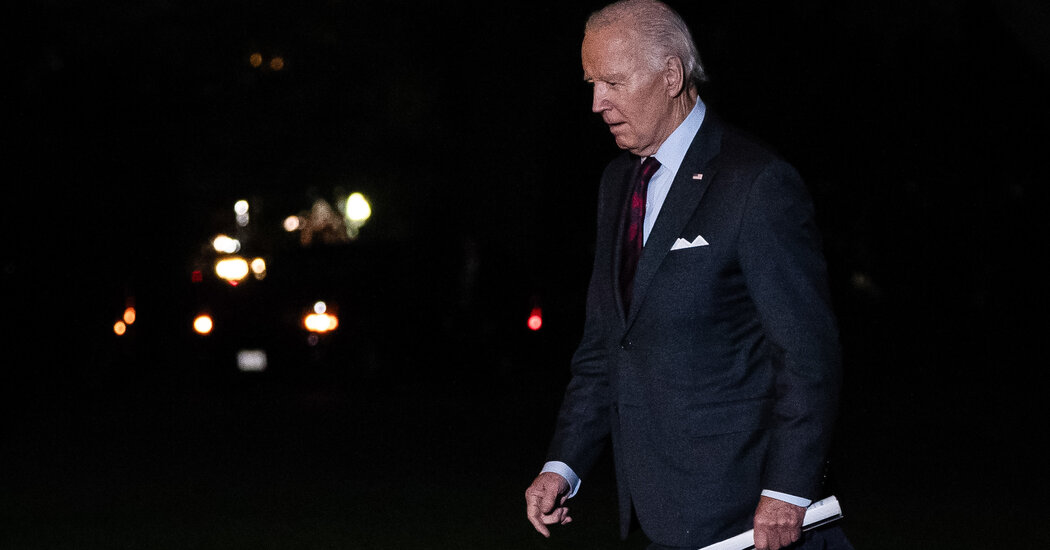A national security memorandum detailed how agencies should streamline operations with artificial intelligence safely.
President Biden is expected to sign on Thursday the first national security memorandum detailing how the Pentagon and the intelligence agencies should use and protect artificial intelligence technology, placing “guardrails” on how such tools are employed in decisions on nuclear weapons or who is granted asylum.
The new document is the latest in a series Mr. Biden has issued that grapples with the challenges of using A.I. tools to speed up government operations — from detecting cyberattacks to predicting extreme weather — while limiting the most dystopian possibilities, including the development of autonomous weapons.
But most of the deadlines the order sets for agencies to conduct studies on applying or regulating the tools will lapse after Mr. Biden leaves office. While most national security memorandums are adopted or amended on the margins by successive presidents, it is far from clear how former President Donald J. Trump would approach the issue if he is elected next month.
The new directive will be announced on Thursday at the National War College by Jake Sullivan, the national security adviser, who prompted many of the efforts to examine what uses and threats the new tools could pose to the United States. He acknowledged in remarks prepared for the event that one challenge is that the U.S. government funds or owns very few of the key A.I. technologies — and that they evolve so fast they defy regulation.
“Our government took an early and critical role in shaping developments — from nuclear physics and space exploration, to personal computing and the internet,” Mr. Sullivan is expected to say. “That’s not been the case with most of the A.I. revolution. While the Department of Defense and other agencies funded a large share of A.I. work in the 20th century, the private sector has propelled much of the last decade of progress.”
